January event:
Underground hydrogen storage
Information:
Our January event was organized in collaboration with TNO and the EAGE LC Germany
Abstract:
Underground hydrogen storage - State-of-the-art, challenges, and outlook.
Hydrogen is foreseen to play an important role in our future energy system. It is a versatile energy
carrier that can be produced from renewable electricity, and then used as a fuel to (re-)generate
electricity and/or heat (in the build environment and industry), for mobility, or as feedstock for the
chemical industry. A key advantage of H2 is that it can be stored underground in salt caverns, and
potentially also in porous reservoirs (depleted gas fields, aquifers) in large quantities, thereby offering
essential services to society in the form of balancing solutions for unavoidable intra- to inter-seasonal
variations in energy supply and demand, and strategic energy reserves. Currently, salt cavern storage
is one of the few technologies considered mature enough to be applied for storing H2 in such large
quantities. However, a large number of salt caverns will be required to create the estimated storage
capacities, which will meet with serious technical, market, societal and spatial constraints. Therefore,
storage of H2 in depleted gas fields may be also required. Although it is in many ways similar to
storage of natural gas in depleted gas fields, at present the feasibility of this technology is not yet
proven. In this talk, we will review the state-of-the art in underground hydrogen storage (UHS), take a
closer look at the potential for UHS in Europe vs. expected future storage demand, and discuss the
challenges that must be addressed towards safe, sustainable, and affordable implementation.
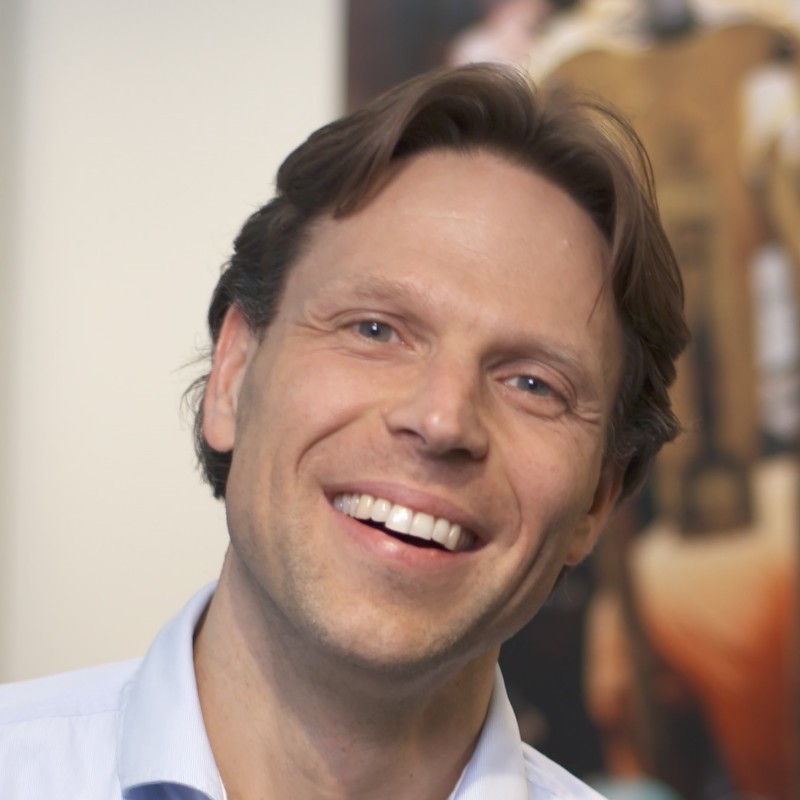
Speaker: Dr. Remco Groenenberg (TNO)
Biography:
Remco Groenenberg (PhD, MSc) is a Senior Scientist in the Applied Geosciences research group of the unit Energy and Materials Transition of TNO, the Netherlands Organization for Applied Scientific Research, and Executive Board member of EASE, the European Association for Storage of Energy. He holds a PhD in Applied Earth Sciences from Delft University of Technology, and an MSc in Geology from Utrecht University. His current activities include acquisition of contract R&D work, scientific oversight, and geoscience consultancy in the field of subsurface energy storage, energy system integration, and re-use of energy industry assets and infrastructure to accelerate the energy transition. Remco is the scientific lead of the European HyUSPRe project that assesses the feasibility of H2 storage in porous reservoirs, and of the Dutch HyStoreReact project on risks of reactions of H2 with rock, fluids and microbes in salt cavern and porous reservoirs. In the recent past he was the lead scientist of the industry-sponsored research project on large-scale energy storage (LSES) in salt caverns and depleted fields (H2, CAES), and led the risk assessment for the H2 cavern storage pilot project HyStock (with partners EnergyStock and Gasunie). Furthermore, he is leading research activities on system integration and storage of CO2 and energy in the North Sea Energy R&D programme, a joint research programme in which a large number of parties in the energy value chain together investigate how an integrated approach and synergies can help to unlock the potential of the North Sea. During his career Remco has built up a long-term experience in applied geo-energy research. He held several positions in industry and academia, working on R&D, demonstration and commercialization in the fields of subsurface energy storage, geothermal energy production, CO2 storage, and oil and gas exploration and production. Among others he worked at the mining technology department of Nobian (formerly AkzoNobel) on solution mining of salt and development of storage projects (natural gas, compressed air, hydrogen, oil) in salt caverns.
Online February event:
Geophysical Data Analysis using Sound Engineering and Digital Music supported by Machine Learning methods
Information:
Our February event was organized in collaboration with Eni and was held online
Abstract:
Geophysical Data Analysis using Sound Engineering and Digital Music supported by Machine Learning methods.
In this webinar, we discuss a novel approach of analysis, pattern recognition, clustering and classification of geophysical data based on techniques that are commonly applied in the domain of sound engineering, digital music and musical genre classification.
The basic motivation of our methodology is that multi-modal (visual and audio) analysis can improve data perception, understanding and interpretation.
Furthermore, the introduction of new types of attributes can support the process of classification of the original signals through Machine Learning algorithms.
The workflow starts with accurate conversion of seismic data from SEGY to Musical Instrument Digital Interface (MIDI) format.
Then, we extract MIDI features from the converted data. These can be single-valued attributes related to instantaneous frequency and/or to the signal amplitude.
Furthermore, we use multi-valued (or “high-level”) MIDI attributes that have no equivalent in the seismic/geophysical domain.
For instance, we use MIDI features related to melodic, harmonic and rhythmic patterns in the data.
Finally, we apply a suite of Machine Learning methods to the MIDI-converted seismic data set with the purpose of automatic signal analysis and classification.
We support the introduction of our approach with multiple examples and applications to real data.
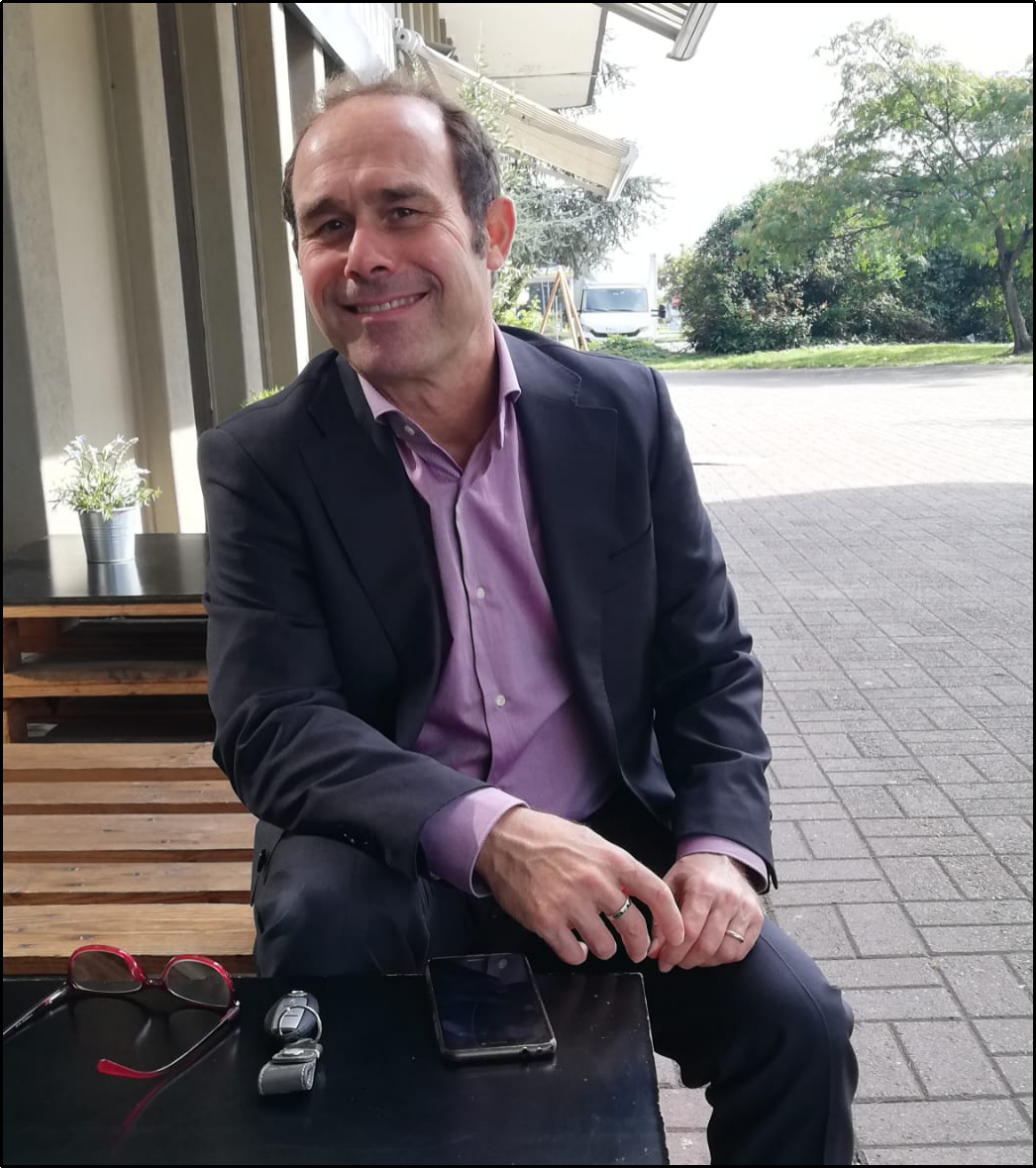
Speaker: Paolo Dell'Aversana (Eni S.p.A.)
Biography:
Paolo Dell'Aversana graduated in Geological Sciences (1988) and in Physics (1996). He has about 35 years of experience in various areas of the Earth disciplines, including geology, volcanology and exploration geophysics. Furthermore, he is a musician and a recognized expert in sound engineering and audio signal processing. He currently works in Eni S.p.A. as a senior geophysicist, data scientist and project manager, for the development of innovative geophysical technologies and machine learning methods. He is the author of various patents, has published over one hundred specialist articles and several books. He has received international awards, including the prestigious Eni Award from the President of the Italian Republic, as a recognition for innovation.
Abstract:
Underground hydrogen storage - Current state of development and ongoing research on storage in salt caverns.
Hydrogen has the potential to help decarbonize many sectors and applications that currently depend on emission-intensive fossil fuels.
It is expected to play an important role in hard-to-abate sectors, but also as an energy vector that enables long-distance transport and large-scale storage.
The latter will be required in order to balance a largely renewable-based future energy system in time and in space and can be most cost-effectively realized in the subsurface.
After briefly sketching Shell's ambitions in hydrogen, I will concretize the need for large-scale storage and briefly introduce the main subsurface storage technologies.
I will particularly focus on salt cavern storage, for which several pilot and commercial-scale projects are currently being developed in the Netherlands and neighboring countries.
I will discuss some of the main technical challenges related to cavern integrity and hydrogen contamination and highlight research activities at Shell on these topics.
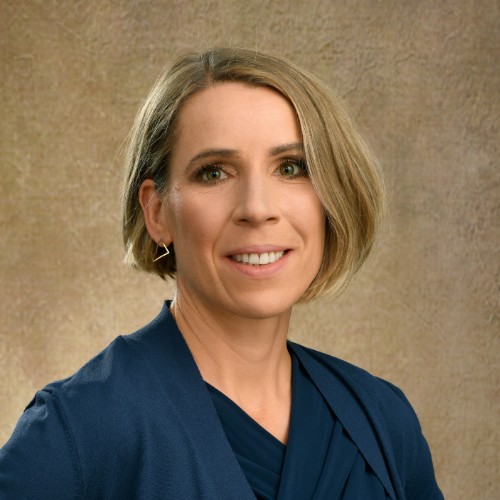
Speaker: Dr. Karin de Borst (Shell)
Biography:
Karin de Borst holds the role of Hydrogen Storage Lead in Shell Global Solutions International. She is heading an interdisciplinary team that assesses the technical and economic feasibility of subsurface hydrogen storage. In previous roles she has worked on the development of technologies for the assessment of near-wellbore integrity in the context of CO2 storage and Improved Oil Recovery. Karin holds a PhD in Computational Mechanics from Vienna University of Technology, Austria. She initially pursued an academic career and received several awards, including the Membership of the Young Academy in Berlin and an ERC Consolidator Grant. Prior to joining Shell 8 years ago, she was a Reader in material science at the University of Glasgow.
June event:
EAGE Local Chapter Netherlands June YP and student networking
Information:
Our June event was organized in collaboration with EBN, the EAGE YP community and the EAGE student chapter DOGS
Abstract:
SCAN geothermal project.
To achieve the Dutch policy objective to reduce carbon emissions by 55% in 2030, a shift from fossil towards renewable energy resources is required.
Within the Netherlands, geothermal energy is a proven renewable energy resource, but currently only with a limited number of operating installations.
Presently producing geothermal projects in the Netherlands are generally located in areas where abundant subsurface data is available.
A limiting factor to the broader development of geothermal projects is the fact that the subsurface data in the Netherlands is not well distributed;
seismic & well data coverage is poor in roughly half of the country, including major residential and industrial areas with high heat demand.
Improving the data coverage in these areas would increase the benefit-risk ratio of geothermal projects.
In 2017 a framework study was carried out by Energie Beheer Nederland B.V. (EBN) and the TNO Advisory Group for Economic Affairs (TNO-AGE) to identify what data acquisition is required to overcome this data limitation.
Subsequently, EBN and TNO-AGE have embarked on a geothermal exploration program
(SCAN: 'Seismische Campagne Aardwarmte Nederland') to acquire additional subsurface data to decrease subsurface uncertainty and hence shape the conditions needed to encourage the development of geothermal projects.
This program is government funded through the Ministry of Economic Affairs and Climate.
The SCAN program is focused on three key activities, namely:
1. The acquisition of regional 2D seismic data
2. The reprocessing of existing 2D seismic data
3. A data well campaign
The acquisition of the new seismic data started with a 2D test line in early 2019, which was carefully analysed to determine the optimum and affordable 2D acquisition parameter for the regional acquisition.
The resulting key acquisition parameters were a shot spacing of 60m and a geophone spacing of 5m, using explosives as seismic source.
In September 2019 the regional acquisition campaign started and lasted for almost 2.5 years, acquiring a total of 1800 km of 2D seismic and a total of almost 7500 km vintage seismic data is processed.
All resulting data is made public free of charge on the SCAN website and the Dutch subsurface portal (NLOG). Based on this newly acquired data, ten search areas have been selected and the first SCAN well is planned to be drilled in 2023.
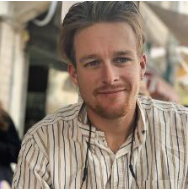
Speaker: Johannes van den Akker (EBN)
Biography:
My name is Johannes van den Akker, I'm 30 years old and live in Amsterdam. I finished the Idea League Geophysics Master in 2018 and after graduating I was not really looking for an office job. I guess I got lucky and I started working for EBN B.V. in 2019 as an acquisition geophysicist. Since then I have been involved in the Seismische Campagne Aardwarmte Nederland (SCAN) project, mainly in the field for the acquisition of 2D seismic data. Recently I've been working on well development and data acquisition planning for the coming SCAN wells.
September event:
DAS developments
Information:
Our September event was organized in collaboration with TNO

Speaker: Rob Jansen (TNO)
Biography:
BSc. Rob Jansen holds a senior project management position within the Optics department of TNO. He obtained two BSc degrees, one in chemical processing in 1996 and one in applied physics in 1998. He is active as a project manager within TNO since 2006. Besides managing projects he coordinates the fiber optic sensing group and is active as a program manager on opto-acoustics. Rob Jansen has the Dutch Nationality, is married and has four children.
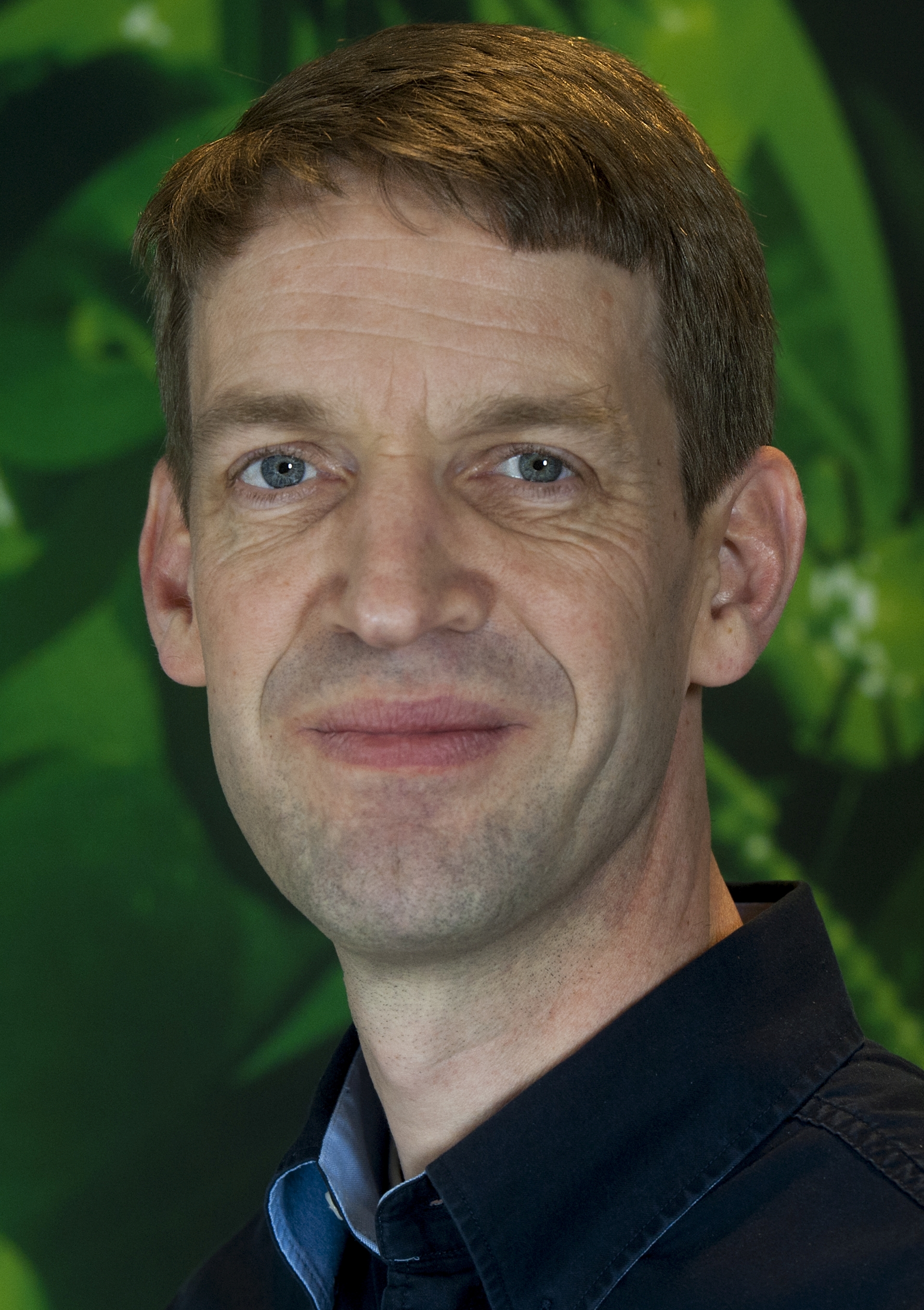
Speaker: Wim de Jong (TNO)
Biography:
Dr Wim de Jong is a senior Systems Engineer in the Optics department of TNO. He obtained his M.Sc. degree in Applied Physics from Delft University of Technology in 1993. He obtained his Ph.D. in Experimental Physics from the Radboud University Nijmegen in 1999. He has been active in different roles in different departments of TNO since 1997. As a senior systems engineer he has been active in fiber optic sensing technology since 2010. This covers different fiber optic measurement techniques, different application areas, different TRL levels, different system sizes etc. Next to that he is the chairman of the TNO Systems Engineering Guild.